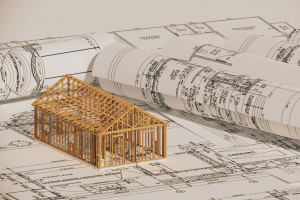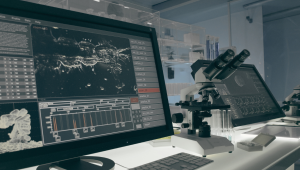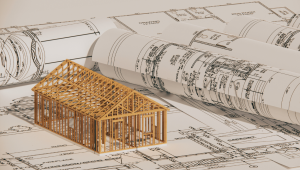Prog Card
Programme Details
Introduction
The programme is designed to provide students with a foundation in design thinking and the design process, with a deep understanding of the key concepts and ideas in spatial and interior design, and their broader application in different contexts.
The programme will equip students with all the design and technical expertise required to thrive as a professional in the growing built environment industry. They will gain a broad range of representation and visual skills using industry-standard software and tools and learn how to leverage these technologies in the design, communication, and construction of space.
Furthermore, they will gain an understanding of the overall history and context of design and as well as the importance of social, cultural, and environmental elements in the design of spaces. They will additionally learn current trends and issues relevant to the fields of architecture and design and develop the skills to research and write on these topics.
General Entry Criteria
2 passes in A Level/HSC (At GCE A/L, a pass is considered E and above. HSC pass is considered C and above.) OR
Attainment of a Level 4 qualification in a related field OR
Attainment of a Level 4 Foundation Study Program approved for the specific Diploma program.
Alternative Criteria
Completion of a Level 4 qualification (unrelated), and successful completion of an MQA-approved University Preparation Program OR
20 years old, completion of secondary school, 2 years of relevant work experience, and successful completion of an MQA-approved University Preparation Program
Core Modules
Year 1
Contemporary Design Studies
Foundational Design Studio
Introduction to Structure, Material and Tectonics
Design Communication 1
History and Theories of Architecture
Design Studio 1
Construction 1
Design Communication 2 Optional module (only compulsory for those students exiting diploma)
Industry Experience 1
Exit with a Diploma in Interior Architecture
Year 3
Culture and Context in Architecture
Design Studio 2 Design Studio 1
Construction 2
Digital Communication 1
Industry Experience 2
Design Studio 3
Construction 3
Digital Communication 2
Exit with an Advanced Diploma in Interior Architecture
Year 3
Advanced Topics 1: Sustainability and Conservation
Design Research 1 Design Studio 3
Design Studio 4: Capstone 1
Construction Documentation
Advanced Topics 2: Design and Technology
Professional Studies
Design Research 2
Design Studio 5: Capstone 2
The broader goals of the programme are as follows:
To contribute to the national economy by developing human capital competent to shape the future of the interior architecture industry
To produce design graduates who are fully equipped and ready to work in the industry
To contribute to the development of the skilled workforce required for the development of our built environment
To foster a generation of designers who can envision and design a better-built environment
To raise the standards of local design education to be competitive with international programmes
To produce graduates who can work collaboratively with others to solve problems in a range of professional-level contexts by applying relevant theories and techniques.
- Course fee: MVR 4,675 per month x 36 months
(MVR 2,958 per month under the government grant scheme) Upon successful completion of this programme participants will be able to:
Demonstrate the essential knowledge and skills in design thinking and the design process
Demonstrate essential knowledge of the history and context of design and architecture, and show awareness of global design trends and challenges
Demonstrate deep technical understanding of buildings and materiality and the technical and representational skills required for the built environment industry
Evaluate, reflect on and synthesize solutions to designing different types of interior spaces and undertaking versatile projects
Work collaboratively and autonomously to undertake responsibilities at a professional level in the design sector
Enhance personal and professional attributes through various ongoing professional development programmes and self-education programmes
Related Programmes
Other similar programmes that might interest you.







